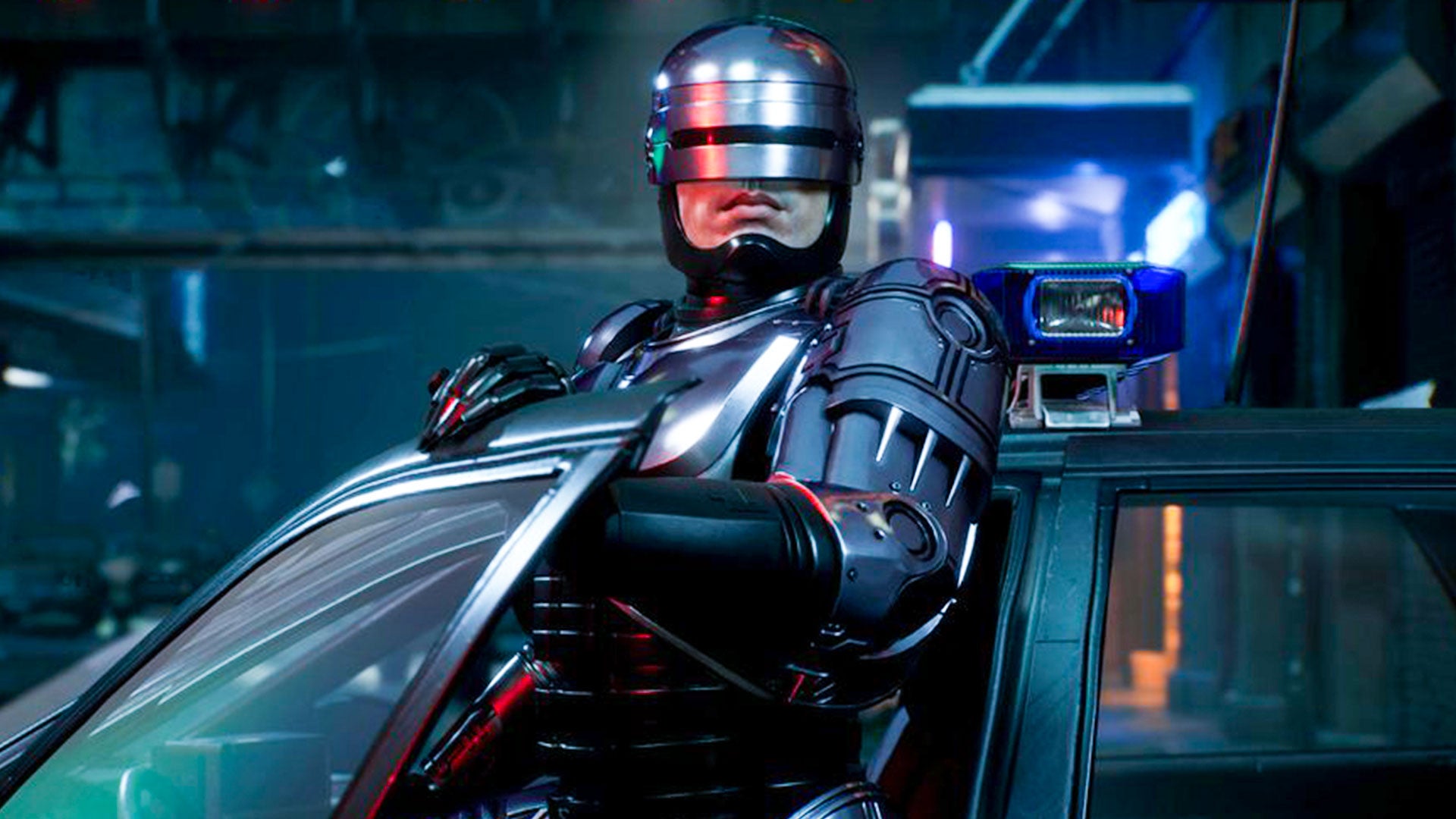In the sprawling universe of cinema, Hollywood’s latest narrative arc seems to be facing a plot twist. The industry, in its quest to capture the ever-elusive female audience, has found itself at a crossroads. The decline of “girlboss” themed movies and the failure to attract women to traditionally male-dominated genres like superhero films signal a mismatch between content creation and audience expectation. This blog post delves into the heart of Hollywood’s recent misfires, such as “Madame Web” and “The Marvels,” while shining a spotlight on the success stories of “Barbie” and “Top Gun Maverick.” It’s time to navigate the delicate balance of character portrayal, audience demographics, and genuine storytelling to uncover the secret formula for resonating with today’s diverse viewers.
The Rise and Fall of the Girlboss
Once hailed as the epitome of female empowerment, the “girlboss” archetype is facing a decline in popularity. Hollywood’s attempts to graft this persona onto a variety of characters, particularly in superhero genres, have not garnered the anticipated female viewership. The recent projects aimed at attracting a female audience, including “Madame Web” and “The Marvels,” have stumbled, highlighting a significant disconnect between Hollywood’s strategies and the preferences of their target audience.
Audience Demographics: A Tale of Two Cinemas
Audience demographics reveal clear gender preferences in movie genres. However, the industry’s attempts to diversify and appeal to a broader audience have often led to dissatisfaction among core fans. This misalignment underscores the importance of understanding and catering to the core audience’s tastes and interests. The failure to do so not only alienates existing fans but also fails to attract new ones, leaving films to flounder in a sea of criticism and unmet box office expectations.
Success Stories: Hitting the Bullseye
Amidst the backdrop of these challenges, success stories like “Barbie” and “Top Gun Maverick” emerge as beacons of hope. These films, by understanding and specifically catering to their target audiences, have achieved massive success. “Barbie,” for instance, leveraged nostalgia and a modern twist on gender norms to captivate both young and older audiences. “Top Gun Maverick” appealed to fans of the original and attracted a new generation through compelling storytelling and breathtaking visuals. These examples demonstrate that when Hollywood gets it right, the results are not just successful but phenomenal.
The Call for Balance and Relatability
The key to capturing the female audience—and indeed any audience—is the creation of balanced and relatable characters. Moving beyond the one-dimensional “girlboss” archetype to portray women as multifaceted individuals resonates more deeply with viewers. Films that offer a variety of strong, complex female characters across genres tend to perform better, suggesting that audiences crave authenticity and diversity in their cinematic heroes.
A New Direction: Authentic Storytelling Over Forced Diversity
The narrative within Hollywood needs a shift. The focus should be on authentic storytelling rather than ticking boxes for diversity. This doesn’t mean abandoning diversity and inclusion efforts; rather, it calls for integrating these elements seamlessly into narratives in a way that enhances the story and resonates with audiences on a genuine level. Films that manage to do this not only win at the box office but also earn a place in the hearts of their viewers.
Conclusion: The Future of Female Empowerment in Cinema
As Hollywood stands at this crossroads, the path forward is clear: listen to your audience. Understanding the preferences, desires, and expectations of the female audience (and all audiences, for that matter) is crucial. By focusing on genuine storytelling, creating balanced and relatable characters, and catering specifically to target demographics, Hollywood can turn the page on recent failures and step into a new era of cinematic success.
The call to action is simple yet profound: Hollywood, it’s time to evolve. Embrace the complexity and diversity of your audience. Move beyond stereotypes and one-dimensional characters. Invest in stories that speak to the human experience in all its varied forms. By doing so, the industry can not only win back the trust and interest of its viewers but also pave the way for a more inclusive and successful cinematic future.
In a world where viewers are bombarded with endless content choices, standing out requires not just creativity but also a deep understanding of one’s audience. Hollywood, the ball is in your court. Will you rise to the challenge?


